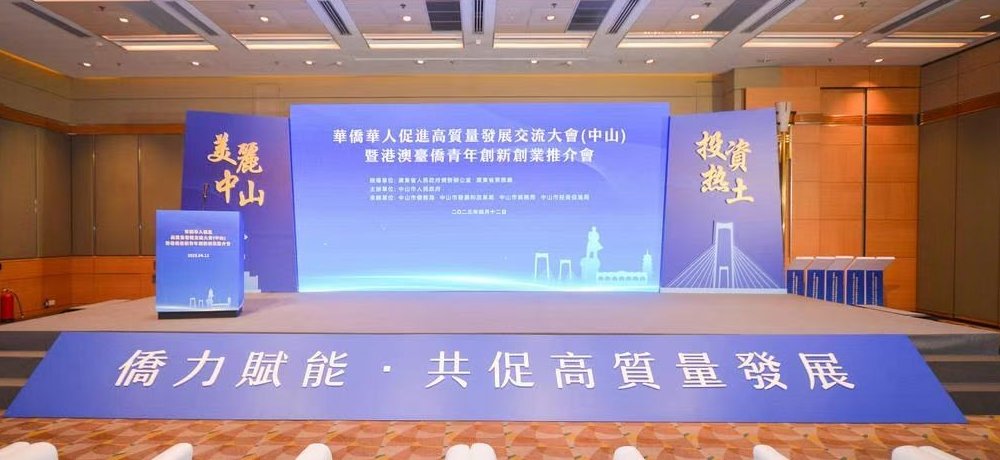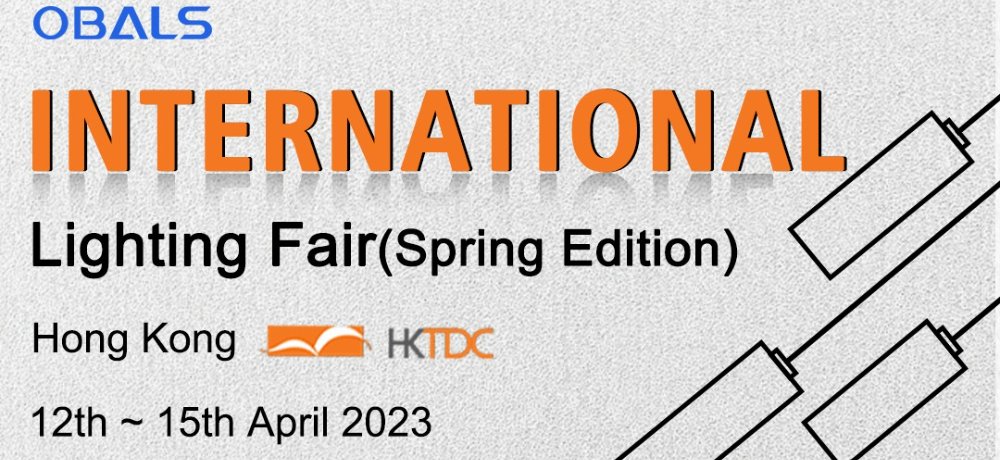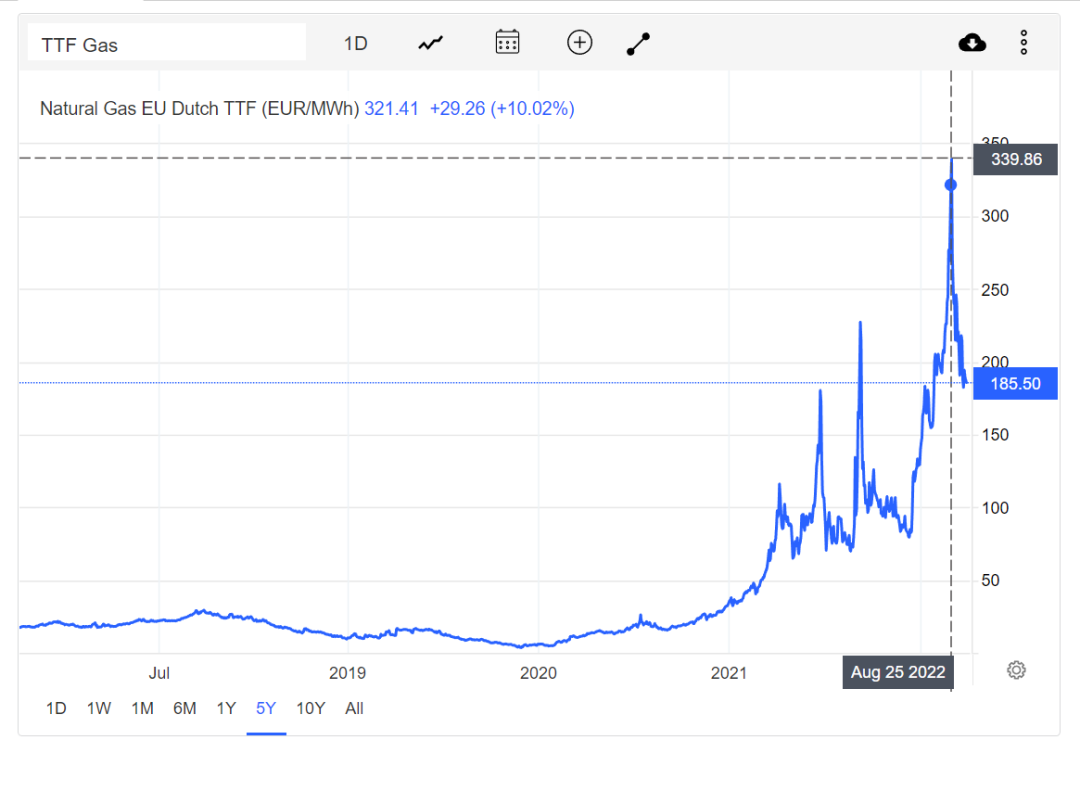Recent Posts
-
Hong Kong International Lighting Fair (Autumn Edition) 2023
Hong Kong International Lighting Fair (Autumn Edition) 2023
10/07/2023
-
Join Us on a Journey of Illumination at the 2024 Hong Kong Lighting Fair!
Join Us on a Journey of Illumination at the 2024 Hong Kong Lighting Fair!
03/20/2024
-
agnetic Track Light Revolutionizes Lighting Industry - OBALS
Discover how OBALS's Magnetic Track Light is revolutionizing the lighting industry with cutting-edge technology, easy installation, flexibility, and sustainability.
11/21/2023
-
Zhongshan lighting shines all over the world
Zhongshan lighting shines all over the world "Zhongshan Smart Lighting Pavilion" debuted at the Hong Kong International Spring Lighting Fair
04/14/2023
-
Polishing up the golden signboard of the hometown of overseas Chinese, overseas Chinese in Zhongshan gather in Hong Kong to seek high-quality development
Polishing up the golden signboard of the hometown of overseas Chinese, overseas Chinese in Zhongshan gather in Hong Kong to seek high-quality development
04/13/2023
-
INTERNATIONAL LIGHTING FAIR (Spring Edition)The HongKong
INTERNATIONAL LIGHTING FAIR (Spring Edition)The HongKong
04/04/2023
Natural gas supply cuts, Europe welcomes "coldest winter"
Natural gas is the most widely used heating energy in Europe, and Russia is the largest natural gas exporter in European countries. As of last year, 40% of Europe's natural gas was imported from Russia.
Since the outbreak of the Russian-Ukrainian conflict in February, Europe has firmly supported Ukraine in its stance, resulting in Russia's continuous reduction of natural gas shipments to Europe. By the beginning of July, the gas transmission volume of the main gas pipeline Nord Stream 1 had been reduced by 60%; on September 2, Gazprom announced a complete suspension of the gas supply of Nord Stream 1.
With the loss of major natural gas supplies, European gas prices began to soar. According to Eurostat data, as of July 2022, the annual growth rate of EU energy price inflation reached 38.3%, of which the annual growth rate of natural gas inflation reached 52.2%. On August 26, the Dutch TTF benchmark natural gas futures closed at 339.195 euros/MWh, a five-fold increase from the beginning of the year.
Seeing that winter is coming, the temperature continues to drop. On September 25, local time, the minimum temperature in Berlin, Amsterdam, the Netherlands, Copenhagen, Denmark and other cities was below 10 degrees Celsius. And many European countries still do not have enough energy to guarantee heating in winter.
Although forests in some countries have sufficient wood reserves, the trees that are felled must be dried for a long time before they become firewood, so large quantities cannot be supplied in a short period of time. As a result, some Europeans are starting to consider using electric heating equipment that was rarely used in the past.





